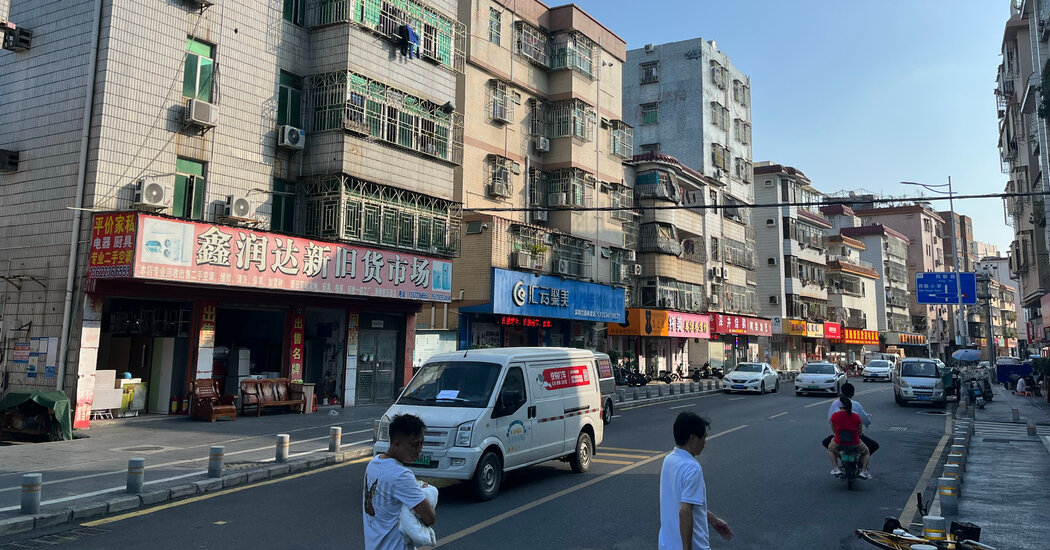Cities around the world face a daunting challenge in the era of climate change: Supercharged rainstorms are turning streets into rivers, flooding subway systems and inundating residential neighborhoods, often with deadly consequences. Kongjian Yu, a landscape architect and professor at Peking University, is developing what might seem like a counterintuitive response: Let the water in. “You cannot fight water,” he said. “You have to adapt to it.” Instead of putting in more drainage pipes, building flood walls and channeling rivers between concrete embankments, which is the usual approach to managing…
Tag: Urban Areas
Tiny Electric Vehicles Pack a Bigger Climate Punch Than Cars
In Darbhanga, a new acid-battery rickshaw, like the one Mr. Rai drives, sells for around 175,000 rupees, or $2,100. That’s half the price of a new rickshaw powered by natural gas. Charging the battery costs 20 rupees (25 cents), one-fourth of the price of filling a gas tank. The rebates seem to be working. Reliance Industries, India’s biggest company, is converting its three-wheeled cargo vehicles from gas to electric. Food delivery services are going electric as quickly as possible. Chetan Maini, whose company Sun Mobility builds charging infrastructure, said business…
China Wants to Bulldoze ‘Urban Villages’ to Revive the Economy
In Shenzhen, a metropolis born of China’s economic prosperity, Paibang Village is a reminder of the city’s modest past and the challenges ahead for reviving the country’s property sector. Paibang is what China calls an urban village, a labyrinth of low-slung apartment buildings and mom-and-pop storefronts connected by a maze of alleyways and narrow roads. There are hundreds of them in Shenzhen, a municipality of 18 million people next to Hong Kong, and thousands of such villages across China. Now with China mired in an unyielding property crisis, policymakers want…
Turning Cities Into Sponges to Save Lives and Property
Imagine a sponge. Swipe it over a wet surface and it will draw up water; squeeze it and the water will trickle out. Now imagine a city made of sponges, or spongelike surfaces, able to soak up rainwater, overflowing rivers or ocean storm surges and release stored water during droughts. Engineers, architects, urban planners and officials around the world are seeking ways to retrofit or reconstruct cities to better deal with water — basically, to act more like sponges. While water management has always been an essential service in cities,…


